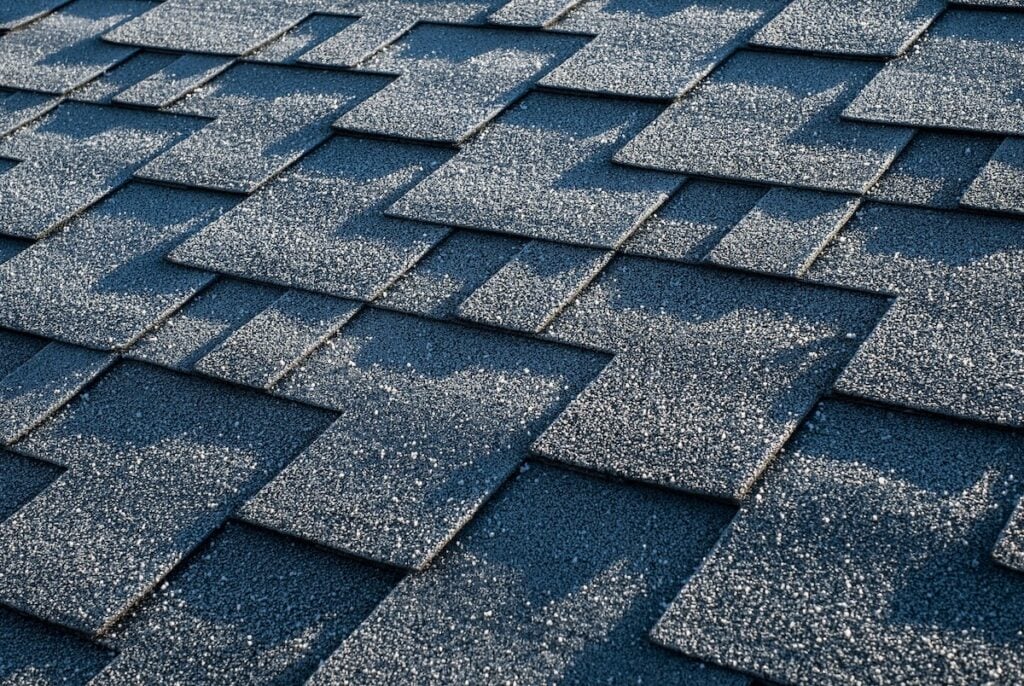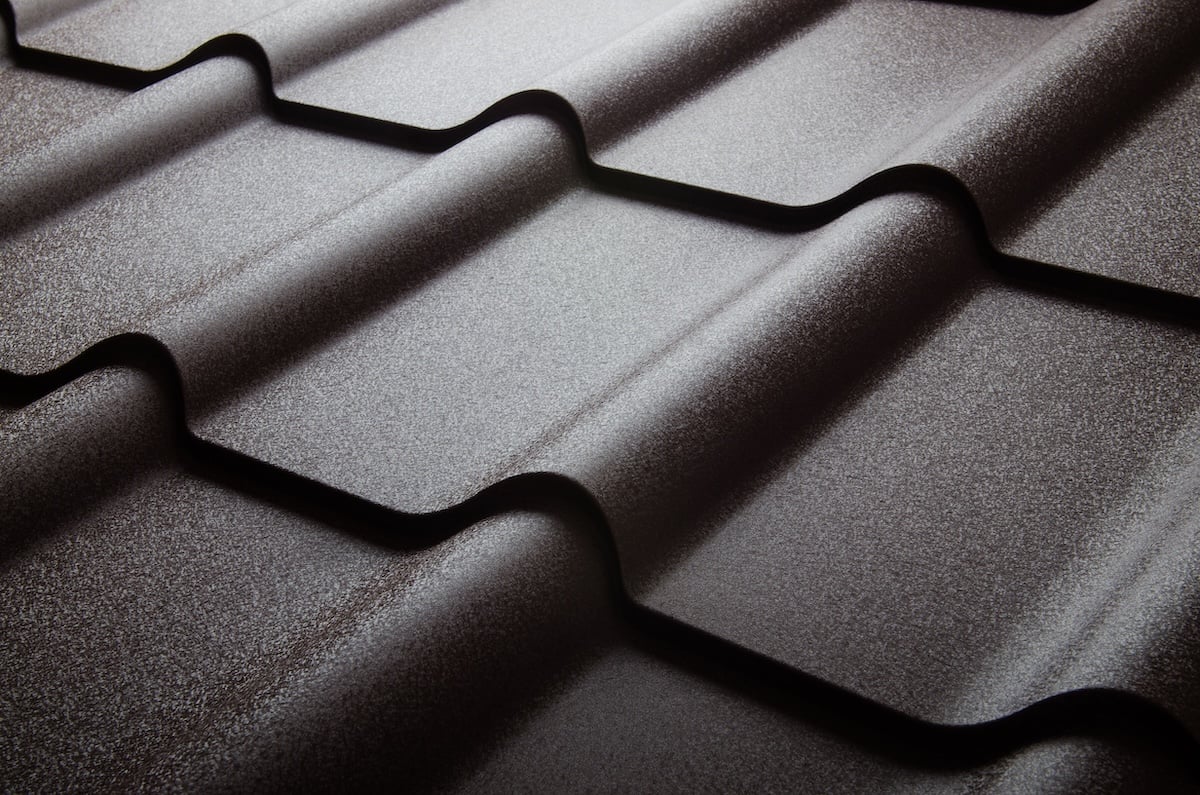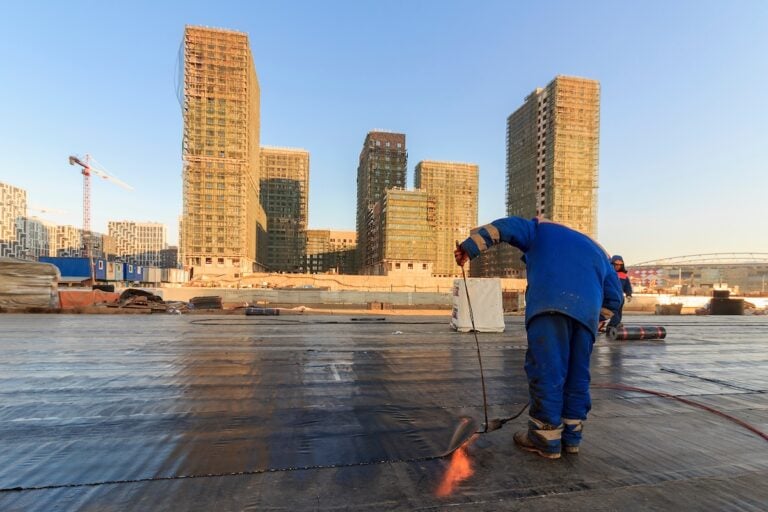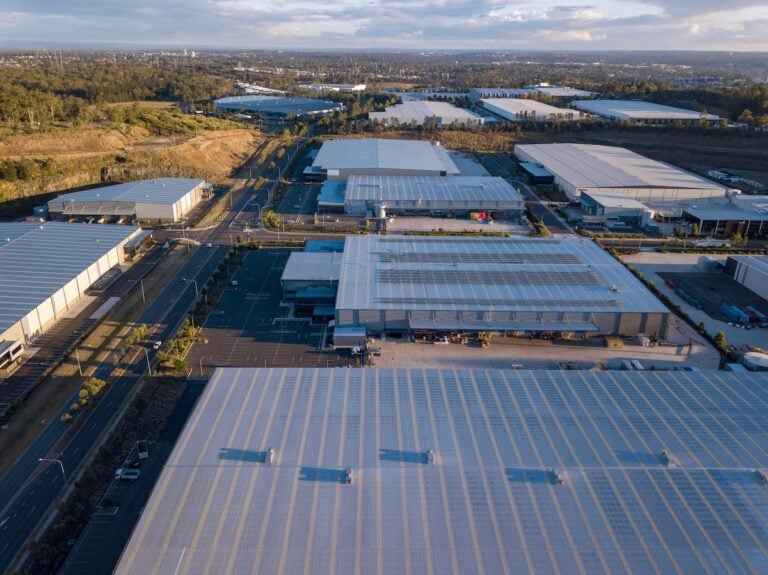When it comes to roofing materials, shingles stand out as one of the most popular choices for homeowners. They offer durability, affordability, and a sleek appearance that contributes to your home’s curb appeal. But have you ever wondered, “What are shingles made of?” Knowing this can help you make informed decisions about your roofing needs, whether you’re replacing an old roof or choosing materials for a new home.
This blog dives into the composition of shingles, their types, and why they’re a top choice for homeowners. Here’s what you’ll learn:
- What are shingles made of (and their core components)
- Different types of shingles and what they’re made from
- 5 things every homeowner should know about shingles
🤔 What Are Shingles Made Of?

The first question to address is the core composition of shingles. While shingles might look simple from the outside, they’re crafted using advanced materials designed to offer maximum performance and longevity.
Shingles are typically made of a base material (like fiberglass or organic felt) that is coated with asphalt and topped off with mineral granules for durability and protection. Each component works together to ensure the shingles can withstand harsh weather, UV radiation, and mechanical damage.
The Core Components of Shingles
- Fiberglass or Organic Base: Most modern shingles use a fiberglass base for strength, while older shingles often relied on organic felt.
- Asphalt: This waterproof material is applied to the base, making shingles resistant to moisture.
- Mineral Granules: Added to protect shingles from UV damage and offer increased durability. Granules also contribute to the color and texture of the shingles, giving your roof an appealing finish.
- Sealant: Asphalt shingles include an adhesive sealant to ensure they stay firmly attached, even in high winds.
5 Things to Know About Shingles
There’s more to shingles than just their composition! Here are five important facts every homeowner should keep in mind when considering shingles for their roof.
1. They Come in Various Styles
Roofing shingles are available in a wide range of styles to suit different tastes and home designs. Traditional three-tab shingles are a classic choice, offering a clean and uniform appearance. For those looking to elevate their home’s curb appeal, architectural shingles are a popular option. These shingles are thicker, more durable, and have a layered, textured appearance that mimics the look of wood or slate. There are even specialty shingles available, such as designer options that can give your roof a unique aesthetic. With so many styles available, you can easily find a shingle that complements the architectural features of your home while enhancing its overall look.
2. Weather Resistance Varies by Shingle Type
Not all shingles are created equal when it comes to standing up to the elements. While standard asphalt shingles provide reliable protection against rain and moderate wind, premium options such as slate, metal, or impact-resistant shingles are designed to withstand harsher conditions. For homes in regions prone to hailstorms, heavy winds, or extreme temperature fluctuations, investing in high-performance shingles can make a significant difference in protecting your home. Metal shingles, for instance, are not only resistant to impacts but also to fire, making them an excellent choice for areas at risk of wildfires. Choosing the right shingle type based on your local climate is crucial for long-lasting performance and peace of mind.
3. Energy Efficiency is a Key Consideration
Your roof plays a significant role in your home’s energy efficiency, and shingles with innovative features can help reduce energy costs. Reflective shingles, for example, are coated with light-colored or reflective granules that minimize heat absorption from the sun. This keeps your roof cooler and helps maintain comfortable indoor temperatures, especially during hot summer months. Some shingles are even ENERGY STAR-certified, which means they meet strict energy efficiency standards and can help lower your monthly utility bills. By choosing energy-efficient shingles, you not only save money but also reduce your environmental footprint, making it a win-win for you and the planet.
4. Lifespan Can Range from 20 to 50+ Years
The durability and longevity of your shingles depend on the type you choose and how well they are maintained. Standard asphalt shingles, the most common choice among homeowners, typically last 20–30 years with proper care. Architectural shingles, while more expensive, usually offer a longer lifespan of up to 40 years due to their enhanced thickness and durability. On the higher end, metal and slate shingles can last 50 years or more, making them a great long-term investment for homeowners who want minimal replacements. However, regular maintenance, such as cleaning debris and addressing minor repairs promptly, is essential no matter the shingle type to ensure your roof reaches its full lifespan.
5. Regular Maintenance Makes a Difference
A well-maintained roof can save you time and money by preventing costly repairs down the line. Start by keeping gutters clean and free of debris, as clogged gutters can lead to water pooling and damage to your shingles. Regularly inspect your roof for signs of wear and tear, such as cracked, curled, or missing shingles, and address any issues promptly to prevent further damage. Be sure to check for moss or algae growth as well, especially in shaded areas, as they can degrade the shingles over time. Replacing damaged shingles as needed and scheduling professional roof inspections every few years can go a long way in extending the life of your roof. A little effort in maintenance can protect your investment and ensure your home stays safe and secure.
👉 Types of Shingles and What They’re Made From

The materials used in shingles can vary based on the type of roofing shingles you choose. Here’s a breakdown of the most common types and their compositions.
1. Asphalt Shingles
Asphalt shingles are made from a fiberglass base coated with asphalt and topped with mineral granules. They are the most widely used roofing option for residential homes in the U.S., and for good reason. Affordable, durable, and flexible, asphalt shingles are a practical choice for homeowners looking for a cost-effective solution without compromising on quality or performance. They are available in various styles and colors, making them a versatile option for different architectural designs.
2. Wood Shingles and Shakes
Wood shingles and shakes are crafted from premium woods such as cedar or redwood, offering a natural and rustic aesthetic to any home. These shingles provide a timeless beauty that enhances the character of the property. However, they require more maintenance compared to other materials. They are particularly well-suited for homes in dry climates, as excessive moisture can lead to issues such as mold or rot. Despite the extra care they demand, wood shingles remain a favorite for their unique appearance and environmentally friendly qualities.
3. Metal Shingles
Metal shingles are manufactured using materials like steel, aluminum, or copper. Known for their exceptional durability and lightweight design, these shingles can withstand harsh weather conditions and last for decades. Metal shingles are also energy-efficient, reflecting heat and helping to regulate indoor temperatures. However, their longevity and performance come with a higher price tag compared to other roofing materials. Ideal for modern and traditional homes alike, metal shingles are an investment in quality and resilience.
4. Slate Shingles
Slate shingles are made from natural stone, offering unmatched elegance and a timeless aesthetic. Their distinctive look makes them a popular choice for high-end homes and historic properties. In addition to their beauty, slate shingles are highly durable and weather-resistant, often lasting for centuries when properly maintained. However, they are one of the heaviest and most expensive roofing options available, requiring a strong support structure and skilled installation. Despite these challenges, slate shingles remain a top choice for those seeking a luxurious and enduring roofing solution.
5. Composite Shingles
Composite shingles are created from synthetic materials such as recycled plastics or polymer. These shingles are designed to mimic the appearance of high-end materials like slate or wood while being significantly lighter and more affordable. They offer great versatility in terms of style and color, allowing homeowners to achieve a premium look without the premium cost. Composite shingles are also highly durable, resistant to environmental damage, and require minimal maintenance, making them a practical and aesthetic choice for many homes.
🏠 Shingle Composition

Understanding what shingles are made of is key to choosing the right roofing material for your home. Whether it’s asphalt, wood, metal, or composite, the right shingles can provide both durability and aesthetic appeal to protect your home for years to come. At Boss Exteriors, we take pride in helping Oregon homeowners navigate their roofing options with expert guidance and top-notch craftsmanship.
With decades of experience, a commitment to quality, and a customer-first approach, our team ensures your roof is built to last. Ready to take the next step? Contact Boss Exteriors today for a free evaluation and let us help you create a roof that’s as strong as it is beautiful!





